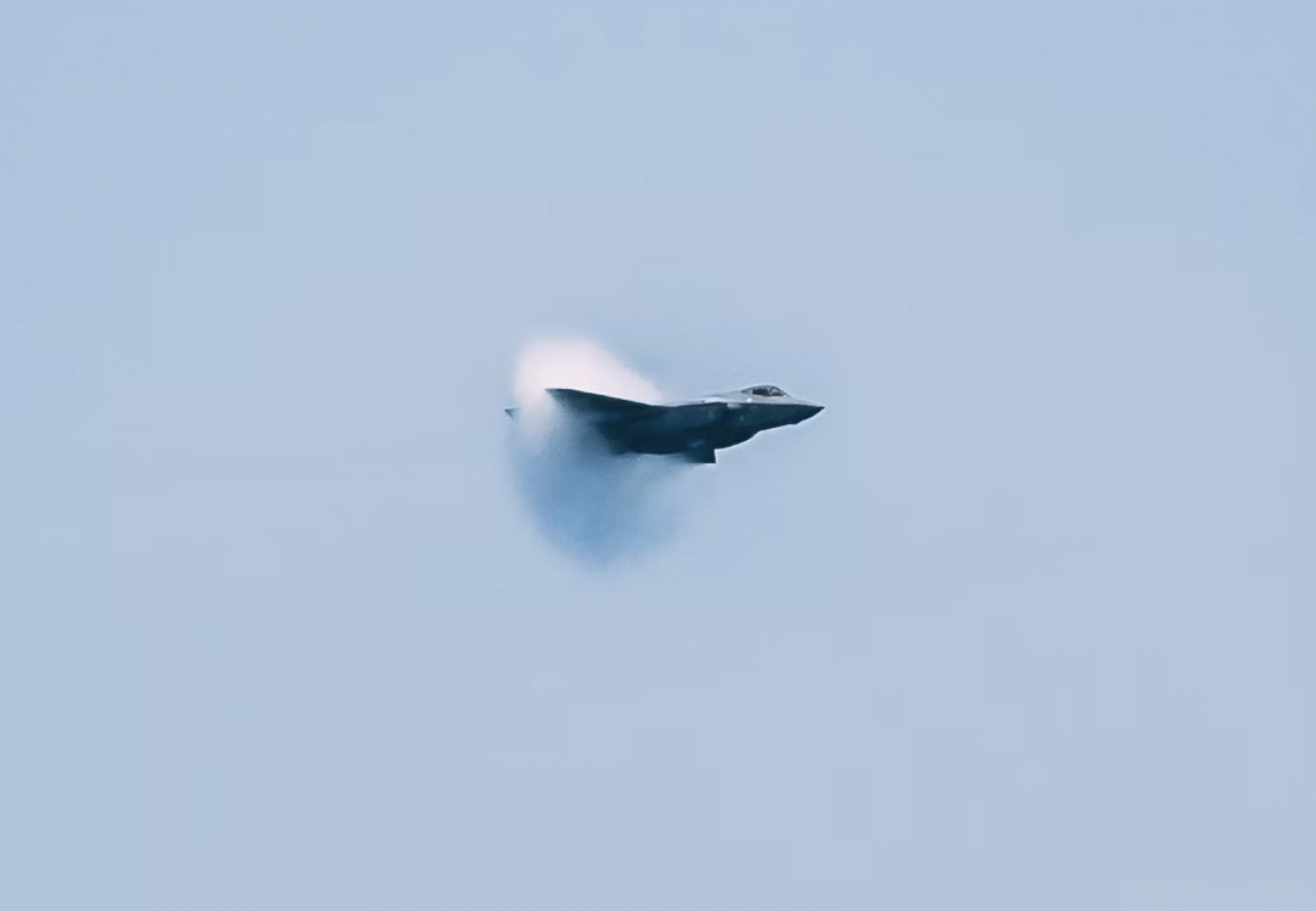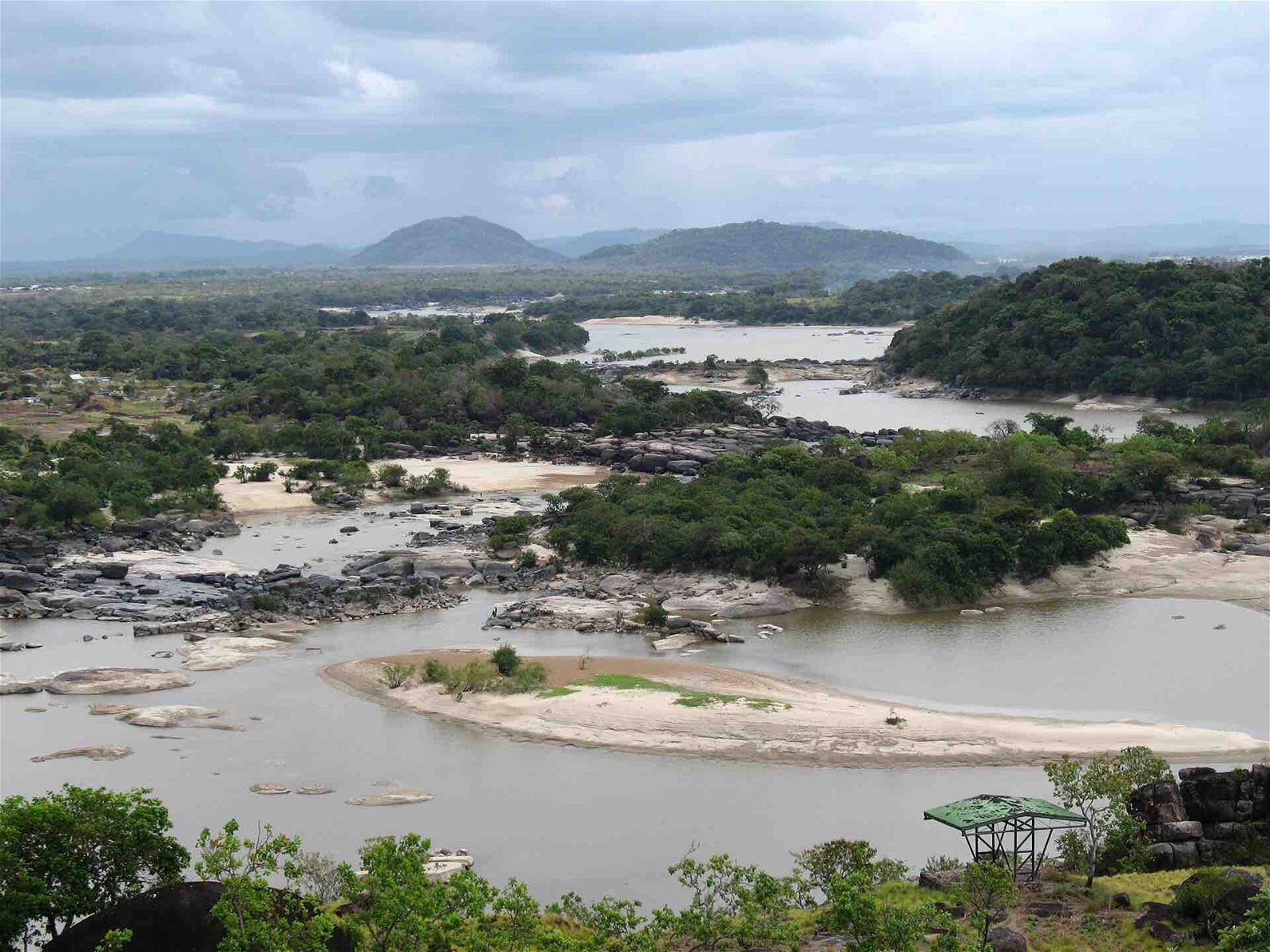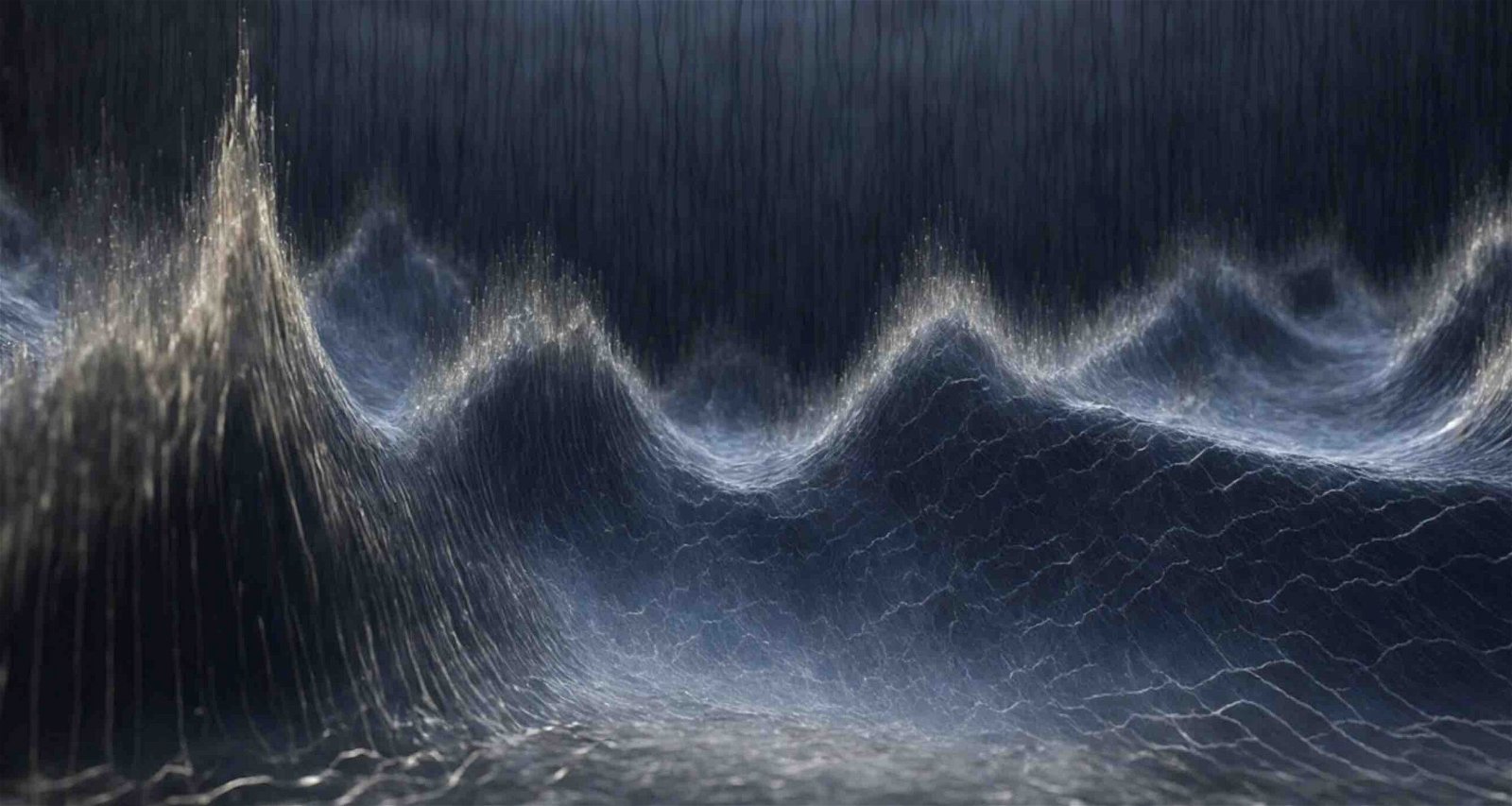Earlier this year, scientists with the U.S. Department of Energy revealed that unusual infrasonic phenomena had been detected emanating from the Earth’s upper atmosphere during high-altitude experiments involving sonic devices carried aloft with balloons. The exact source of these mysterious sounds had been undetermined at the time, and seemingly remain so today.
“[In the stratosphere,] there are mysterious infrasound signals that occur a few times per hour, Daniel Bowman, a Principal Scientist at Sandia National Laboratories, said in May about the unusual discovery, adding that “the source of these is completely unknown.” Pending further data, Bowman’s findings were the focus of a presentation he gave at the 184th Meeting of the Acoustical Society of America in Chicago.
The unusual stratospheric mystery Bowman and his colleagues are investigating is just one of many varieties of unusual sonic enigmas that have long baffled scientists. Reports of mysterious sounds date back several centuries and involve phenomena compared to mysterious humming, odd noises likened to blaring trumpets, thunderous “booms,” and even loud metallic scraping, which have been reported coming from the sky, from below ground, and even from within the depths of our oceans over the decades.
Examples include those discovered by Dr. Gordon J. F. MacDonald, an American geophysicist and former charter member of the president’s three-man Council on Environmental Quality, who uncovered a letter from 1906 that documented reports of booms that occurred seemingly in conjunction with foreshocks that preceded the Great San Francisco Earthquake of that same year. More than two decades earlier, similar reports were documented in Charleston, S.C. in 1883, while across the globe, reports of loud noises were documented along with the rain of a strange, ash-like substance over Queenstown, South Africa.
Not unlike the high-altitude infrasonic events detected by Department of Energy scientists earlier this year, the cause underlying the mystery sounds of the late 19th and early 20th century also remained undetermined. Curiously, many of them have also persisted over the decades, occasionally arousing the attention of scientists due to their perplexing—and often explosive—nature.
The Mystery Booms
Among the most intriguing and widely reported sounds of unknown origin are the so-called “mystery booms” that have been logged for many decades, with occasional waves of activity that have often garnered widespread attention from the media. Between 1977 and 1978, more than 600 reports of mystery booms were documented along the east coast of the United States, with several of the incidents centered around southern New Jersey.


The frequency of reports around that time led to speculation about whether some variety of aircraft or weapons tests might be underway. It was even considered whether the booms had been precursors to a famous mystery explosion that occurred on Bell Island off the Newfoundland coast on April 2, 1978. The incident, explored by Canadian journalist Rick Seaward in a CBC television documentary later that year, was later determined to have been detected by the U.S. government’s Vela Satellite array, used to monitor nuclear testing and compliance with the 1963 Partial Test Ban Treaty.
Although the unusually energetic boom over Bell Island remained an outlier, many of the thundering noises reported around the same time were mild by comparison and could have had more conventional explanations. It was the opinion of Jeremy Stone, former president of the Federation of American Scientists, that many of the booms reported during the late 1970s were sonic booms from aircraft. The sudden cause of these booms had been due to flight paths made by the Concorde, a turbojet-powered supersonic passenger jet airliner, which remained in service between 1976 and 2003. Expounding on this theory, some argued that combining the sonic booms with unusual jet stream configurations occurring at the time could explain the rash of reports.
However, the sonic boom theory didn’t find favor with all the experts who examined the 1977 mystery boom wave. In opposition to his colleagues who supported the manmade origin of the booms, Dr. Gordon MacDonald, based on his previous research into historic occurrences of these phenomena, maintained that as many as 181 of the incidents had been more likely to have natural causes related to upper atmospheric weather phenomena.
Another wave of mystery booms occurred in southern California between 1991 and 1993, prompting investigations by MIT’s Lincoln Labs and researchers at Caltech. A paper by researchers Joseph E. Cates and Bradford Sturtevant examined whether correlations existed between seismic events and the boom reports, but ultimately concluded that sonic booms propagated from offshore operations of military aircraft were a more likely cause. However, the Caltech researchers were unsuccessful at correlating the specific source of the booms with any known military or other aircraft activity in the region.


Reports of mystery booms continue today, often occurring during colder weather periods (possibly in association with cryoseisms or “frost quakes”), and discussion surrounding the various underlying causes is as hotly debated now as in the past.
Subterranean Organ-Like and Horn-Like Sounds
In the 1970s, William R. Corliss, an American physicist known for his interest in reports of anomalous phenomena in virtually every branch of the sciences, began his Sourcebook Project, an effort that resulted in several catalogs featuring accounts of odd happenings harvested mainly from scientific literature and periodicals. Many of the subjects in Corliss’s work had been previously documented by Charles Fort, one of Corliss’s chief inspirations. The obvious similarity between Corliss and Fort’s interests had inspired Arthur C. Clarke to refer to Corliss as, “[Charles] Fort’s latter-day–and much more scientific–successor.”
Probing beyond the bombastic reports of mystery booms, Corliss was successful at uncovering accounts of far subtler sonic mysteries. An example had been a series of reports collected by M. von Humboldt that appeared in the Edinburgh Philosophical Journal in 1819, which described sounds emanating from rocks along the banks of the Orinoco River that resembled, of all things, pipe organ music.


A similar phenomenon in Greenland, dubbed “Ton der Dove-Bai”, was reported in August of 1932 by a French Expedition exploring the Scoresby Sound. This sound resembled a massive foghorn and had previously been reported by an expedition group who heard it eight times, spanning five different locations, both during the day and after the polar nightfall. Like some “mystery booms,” this sound may very well be a description of a variety of cryoseism resulting from the movement of glaciers, an idea first proposed by A. Dauviller in his 1934 Nature article, “Strange Sounds from Inland Ice, Greenland”, who at that time, compared it with a similar phenomenon he had learned of:
“Is this vibrating sound really caused by the detachment of icebergs or is it similar to the ‘desert song’, that strange musical note produced by the sand?” Dauviller wrote. “In fact, there is a close analogy between the fields of powdery dry snow of the inland ice and the fields of sand of the Arabian Desert.”
Musical Sand and “Desert Song”
From the Outer Banks of North Carolina to Lake Seneca, New York, occurrences of loud booming sounds in various locales have led to popular legends about the so-called “Seneca Guns,” booming sands, and other names associated with sounds that occur where sand dunes are present.
“Under proper circumstances, sand dunes are capable of producing a variety of low-level whispering, whistling, singing, humming, or squeaking sounds, and less commonly, loud booming sounds,” wrote geologist David P. Hill with the U.S. Geological Survey. “The so-called ‘booming sands’ appear to be limited to large sand dunes with steep leeward faces in arid climates.”


According to Hill, rumbling noises have been reported as far away as several kilometers from the locations associated with “booming sands” and lasting for durations up to 15 minutes. Sometimes these sounds are also associated with seismic phenomena. “To produce booming sounds evidently requires very low humidity and loosely packed, quasispherical sand grains with high surface smoothness, although details of the process by which the acoustic emissions are produced remain poorly understood,” Hill wrote.
Natural Melody
Another of the odd sonic phenomena documented by William Corliss involved what he called “natural melody” which involves “the production of musical notes and combinations thereof by the action of wind upon passive natural and artificial structures.”
Sounds reminiscent of musical tones were reported in nature dating as far back as the 2nd century AD, as described in the writings of Pausanias and his descriptions of the “tuneful waves” of the Aegean Sea. Other localities where musical sounds have been reported include Germany’s Black Forest and Mount Renalux, the Spanish Pyrenees, and the communes within Haute Saône along the Saône River in France.
Drawing reports mostly from the stories of world travelers, Corliss complained about the lacking data in scientific literature that documented such phenomena. “It is difficult to separate some of the music-makers in this category from musical echoes or analyzed sound,” Corliss noted. “[T]he initial sounds may be nonmusical in the case of analyzed sound, but small reflecting surfaces nearby quickly convert it into more pleasing tones.”
Underwater Musical Sounds
Sounds emanating from bodies of water have also occasionally been reported in various parts of the world. These have often been likened to music, or sometimes rumbling sounds that are reminiscent of a locomotive engine, although one intriguing example that appeared in the journal Nature in 1870 described a reverberating noise likened to the singing of cicadas heard by passengers on board a boat navigating the Tavoy river:
“One moonlit night in 1854, on board a steamer anchored near the Tavoy river (Tenasserim) we were struck by an extraordinary noise which appeared to proceed from the shore about a quarter of a mile off, or from the water in that direction. It was something like the sound of a stocking loom, but shriller, and lasted perhaps five or six seconds, producing a sensible concussion on the ear like the piercing scream of the cicada; and this gave an impression as if the vessel itself were trembling, or reverberating from the sound.” One of two Burmans on board said simply, the noise was produced by ‘fishes,’ but of what kind they did not describe. It was repeated two or three times.”
A similar observation that occurred decades earlier 1824, later published in Popular Science Monthly in 1883, describes a deep, musical droning that had similarly been attributed to the movement of fish below a sailing vessel:
“Lieutenant White, of our Navy, relates that, when at the mouth of a river in Cambodia in 1824, he and the crew of his vessel were struck by hearing extraordinary sounds, like a mixture of the bass of an organ, the ringing of bells, the guttural cries of a frog, and the tones of an enormous harp, which they heard around the bottom of their vessel. The interpreter said they were produced by a troop of a kind of fish.”
Although the circumstances involving most of these sonic mysteries point to the likelihood of prosaic explanations, several of them do remain somewhat mysterious—even after several decades of investigations into their potential causes—and may offer fresh grounds for scientific exploration into some of the enigmas about our natural world that have lingered into the twenty-first century.
This is an updated version of an article by the author originally sourced from mysterybooms.com, portions of which have been reprinted here with permission.
Micah Hanks is the Editor-in-Chief and Co-Founder of The Debrief. He can be reached by email at micah@thedebrief.org. Follow his work at micahhanks.com and on X: @MicahHanks.

